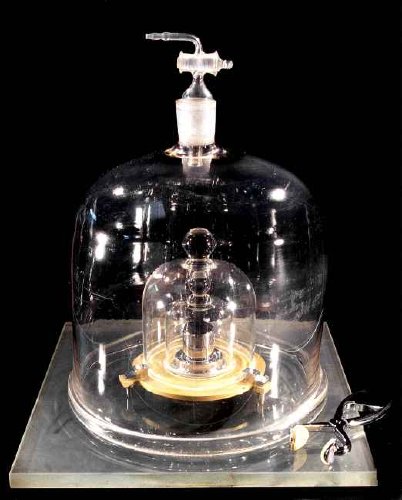One part per hundred is generally represented by the percent (%) symbol and denotes one part per 100 parts, one part in 102, and a value of 1 ×
10−2. This is equivalent to one drop of water diluted into 5 milliliters (one spoon-full), or about fifteen minutes out of one day.
One part per thousand should generally spelled out in full and not as “ppt” (which is usually understood to represent “parts per
trillion”). It may also be denoted by the permille (‰) symbol. Note however, that specific disciplines such as the analysis of ocean water salt
concentration and educational exercises occasionally use the “ppt” abbreviation. “One part per thousand” denotes one part per 1000 parts, one
part in 103, and a value of 1 × 10−3. This is equivalent to one drop of water diluted into 50 milliliters (ten spoon-fulls), or about one and a
half minutes out of one day.
One part per ten thousand is denoted by the permyriad ‱ symbol. It is used almost exclusively in finance, where it is known as the basis
point and is typically used to denote fractional changes in percentages. For instance, a change in an interest rate from 5.15% to 5.35% would be
denoted as a change of 20 basis points or 20 ‱. Although rarely used in science (ppm is typically used instead), one permyriad has an
unambiguous value of one part per 10,000 parts, one part in 104, and a value of 1 × 10−4. This is equivalent to one drop of water diluted into
half a liter, or about nine seconds out of one day.
One part per million (ppm) denotes one part per 1,000,000 parts, one part in 106, and a value of 1 × 10−6. This is equivalent to one drop
of water diluted into 50 liters (roughly the fuel tank capacity of a compact car), or about thirty seconds out of a year.
One part per billion (ppb) denotes one part per 1,000,000,000 parts, one part in 109, and a value of 1 × 10−9. This is equivalent to one
drop of water diluted into 250 chemical drums (50 m3), or about three seconds out of a century.
One part per trillion (ppt) denotes one part per 1,000,000,000,000 parts, one part in 1012, and a value of 1 × 10−12. This is equivalent to
one drop of water diluted into 20 Olympic-size swimming pools (50,000 m3), or about three seconds out of every hundred thousand years.
One part per quadrillion (ppq) denotes one part per 1,000,000,000,000,000 parts, one part in 1015, and a value of 1 × 10−15. This is
equivalent to 1 drop of water diluted into a cube of water measuring approximately 368 meters on a side (fifty million cubic meters, which is a cube
about as tall as the Empire State Building's 102 stories), or two and a half minutes out of the age of the Earth (4.5 billion years). Although
relatively uncommon in analytic chemistry, measurements at the ppq level are performed.[4] |



 reason for it. All they do is sit around thinking about units, reasoning and
perfection.
reason for it. All they do is sit around thinking about units, reasoning and
perfection.




